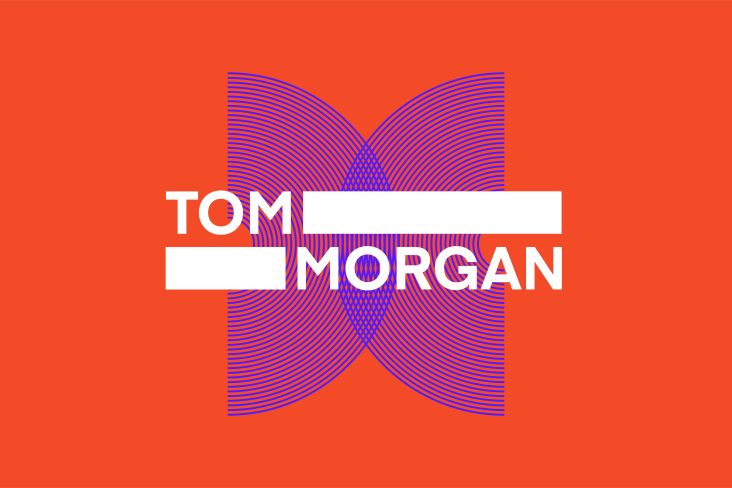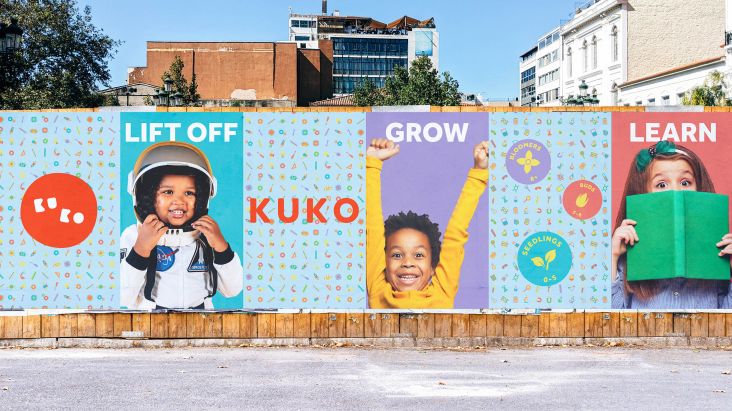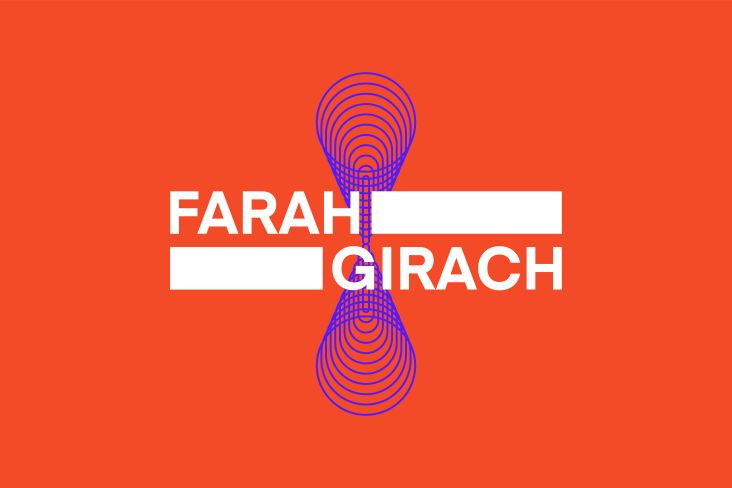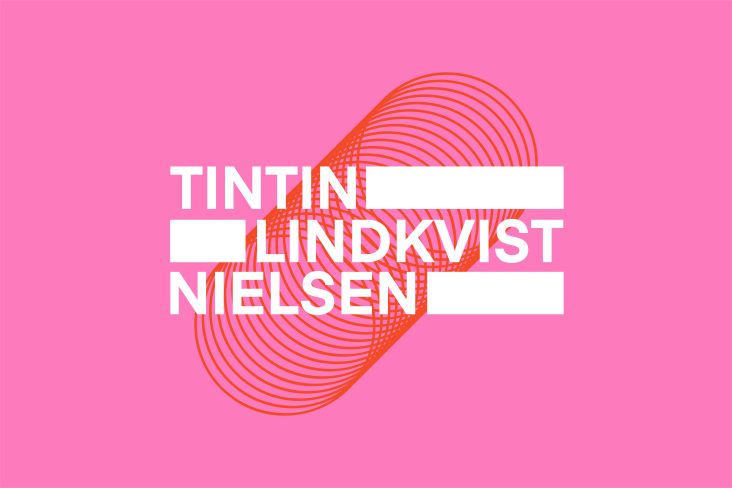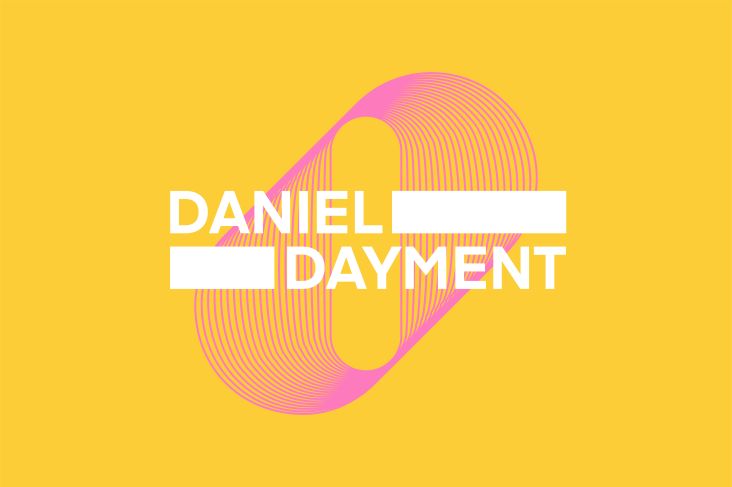Introducing: Christina Poon on community storytelling, cultural identity and the Chinese diaspora
As part of our series focusing on new creative graduates, we celebrate Christina Poon from Central Saint Martins. She tells us how she uses cinematic photography to share stories from the Chinese diaspora.

Christina Poon is a London-based designer who's interested in the connections between environment and identity, and what this may mean for relationships within similar cultural backgrounds. She's just completed a BA (Hons) in Graphic Communication Design from Central Saint Martins and has been shortlisted for a MullenLowe award for her final-year project, Wintermelon.
With disciplines including film, photography and publication design, Christina's currently focused on how British-Chinese diasporic communities can be represented in design and how their stories are built upon vernacular archives and filmed or photographed portraits.
We chat to Christina about the importance of authenticity, staying unbiased and thinking conceptually when representing a community's stories in your work.
Where did you grow up?
My parents raised me in North London, and my mum was the person who encouraged and taught my brother and me how to draw from a young age. Even though my parents wanted us to have academic careers, they felt it was essential to maintain a creative side.
We'd learn how to draw apples and pretty much all the animals or enter the school's colouring-in competition. Besides that, I remember being very quiet as a kid and spending most of my time in the living room, playing and studying with my childhood friend.

How did you get into graphic design?
I did a Foundation course at Central Saint Martins, and that solidified my decision in wanting to study design. Before that, I knew I wanted to do something artistic but wasn't entirely sure in which area.
I remember being surprised by how essential photography was in communication since my knowledge was limited to illustration as a visual tool in graphic design. I quickly realised that there weren't any boundaries to what medium you could create with. Moving Image became an even more significant part of my creative process, and being able to document stories this way showed me the impact design has on audiences.
Why did you choose Central Saint Martins?
They had quite a rigorous approach when it came to the short length of their projects, which helps with quick thinking and creation. But it's also relaxed, and you can take your ideas anywhere as long as it's clearly communicated. There are also a ton of facilities that we could use, such as film studios and UV printing. The university also had live briefs throughout my degree.
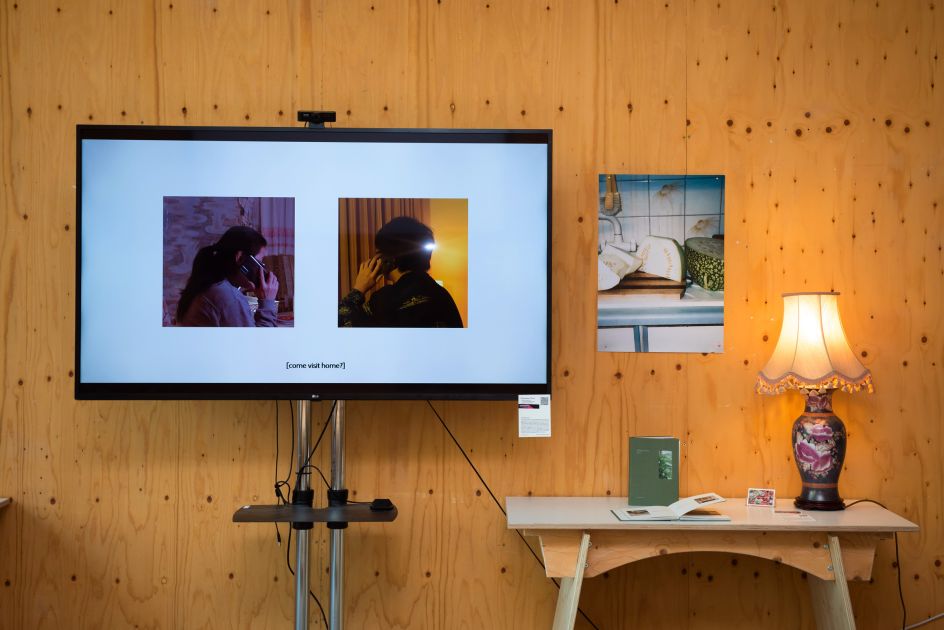
Graduate Showcase © Christina Poon. Photography by Max Colson
What was your experience like?
It's been exciting as much as it has been tiring. There's always pressure to want to do better, so being in an environment where everyone's work was at exceptional standards was challenging but incredibly motivating.
During the pandemic, I felt like I had taken a step back in the first few months. But I was lucky enough that I had the basic equipment to progress my work, like my computer and DSLR camera. However, I noticed a huge difference in my confidence in expanding my creative process when I had access to my university's facilities. It meant I could finally explore new techniques such as bookbinding. Most importantly, seeing my classmates and tutor in person helped massively with understanding feedback and enjoying my degree in the final two years.
Stress can be good as it means you're trying your hardest, but it should never get to the point where you become unhealthy. Being a designer will never be a linear process, and taking breaks can sometimes bring you the inspiration you need.
What can you tell us about your final-year project?
Wintermelon shows the varying perspectives my brother and I have as British-Chinese siblings whilst also focusing on these differences in an attempt to understand each other. By using old VHS-8 footage, archived images and filmed video portraits, my short film connects cultural identity within family relationships. The narrative concentrates on my brother's side, with my view as a tool for comparison. We navigate our conversation around our childhood and our current attitude to our dual identities.
I was inspired by Tina Campt's Image Matters, which investigates the black diaspora in Europe through archival images and the significance of vernacular photography as a voice for those communities. Her writing encouraged me to think about the visual documentation I have at home and how we present ourselves in an environment where we're the only ones who look different.
I was drawn to a photo of a winter melon my mum had grown in our garden. It was a vivid memory since other families grew flowers whereas we grew Asian vegetables in the UK weather. I wanted to use the winter melon as a symbol for my brother and his view on cultural identity through the mild taste and how it's hidden behind our house. However, it turned out it wasn't a winter melon but a fig leaf gourd, a winter melon substitute for Chinese families in the UK due to its ability to grow in less humid climates. It was like our family never had a piece of China in our home, but rather our version that we've developed and adapted.
My second project is Falling Leaves. This book is bound by a hybrid of Coptic and Chinese four-hole stitching. It aims to show four perspectives on being a first-generation Chinese immigrant in the UK. Each person retells their first experiences living in the UK, explores their current feelings, and reveals where they feel at home most.
By understanding and utilising archives as an underlying tool in community storytelling, I seek to understand how place identity can impact our cultural self. I aim to capture the in-between of these identities, whether harmonious or in conflict, and also preserve the authenticity of these stories by accurately portraying their lives. The photos were taken using Kodak Portra 400 film on a Canon AV-1, my Dad's old camera from the 1990s.
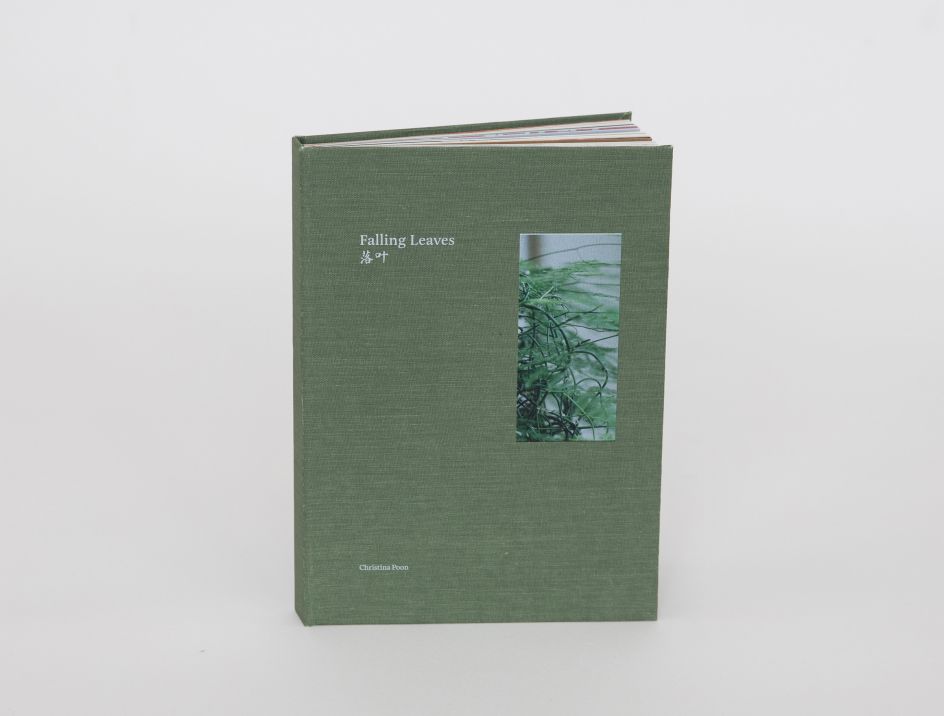
Falling Leaves © Christina Poon
Can you describe your style?
I'm not entirely sure if I've established a style, as I change the creative direction depending on what I'm making. But I've leaned towards a soft, warm approach in my photography and a more documentative approach to my films.
Who or what inspires you?
Before I wanted to do graphic design, Wong Kar Wai's vivid cinematic style drew me towards investigating the strength of colour in film and how it's used to push storytelling. I've recently watched many American/British films on the Chinese diaspora and loved The Farewell by Lulu Wang. She talks about how her film was supported by consistent conversations with Wang's family and crew members, so she could ensure an unbiased portrayal of Chinese-American people like herself and also of families in China.
I resonated with Wang's practice, as I also recognised my values in maintaining honesty in my work, an imperative to depicting real people's stories. Additionally, personal archives have always been dear to me; it's used in my current design practice or when I was younger, rummaging through my mum's old kept photos and receipts. I was always drawn to scanning old photos of my family and keeping them on my phone, maybe to use in a mood board or to show my friends the life of my family before I was born. From the start of my final projects, I developed my visual and conceptual thinking based on the stories I gathered from old photos and videos.
What do you hope to do with your career?
I hope that the work I create can have an impact regardless of the content. And I would still love to continue working on British Chinese communities, even if it's a side project to carry with me at all times. When people tell me that they can relate to my film, it feels rewarding knowing that I'm contributing to my community and hopefully encouraging others to do the same.
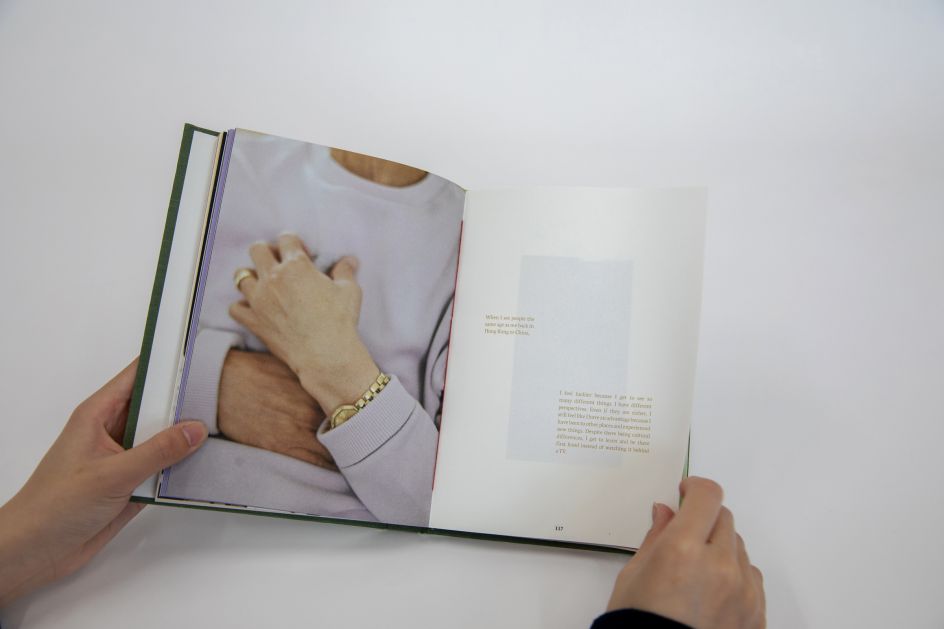
Falling Leaves © Christina Poon
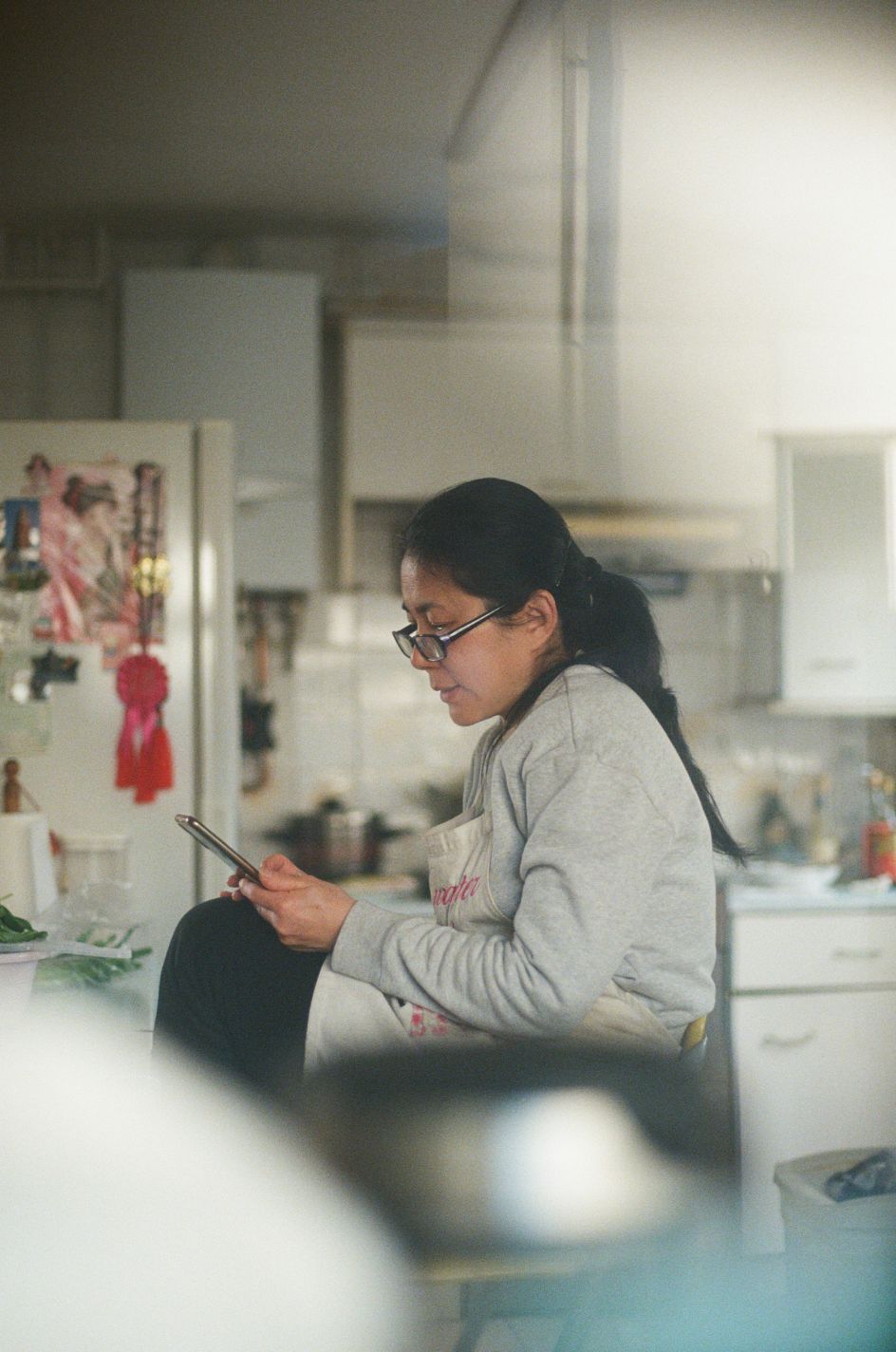
Falling Leaves © Christina Poon
How do you feel about graduating in 2022?
I can't wait to start working with people within the industry. I've loved working on team projects during my degree, especially when everyone had the same level of commitment. It's something that I'm excited to find when I begin my career.
What are your fears?
It will probably be the same as many graduates, but towards the end of my degree, I started to feel that I was not ready to finish my education so soon. However, there's still lots to learn when you're working with industry professionals, which helps ease the fear.
What advice would you give to others following in your footsteps?
My tutor, Mike Calandra Achode, told our class that stress can be good as it means you're trying your hardest, but it should never get to the point where you become unhealthy. Being a designer will never be a linear process, and taking breaks can sometimes bring you the inspiration you need. His advice smoothened the transition of my final projects and to our showcase, which set back the looming pressure of deadlines and graduating.
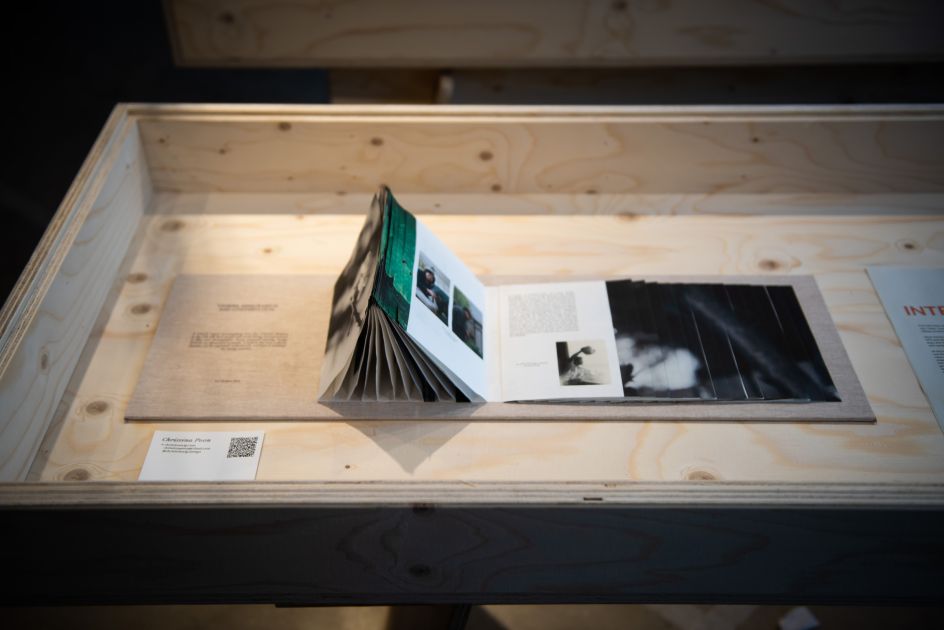
Falling Leaves © Christina Poon




 by Tüpokompanii](https://www.creativeboom.com/upload/articles/58/58684538770fb5b428dc1882f7a732f153500153_732.jpg)


 using <a href="https://www.ohnotype.co/fonts/obviously" target="_blank">Obviously</a> by Oh No Type Co., Art Director, Brand & Creative—Spotify](https://www.creativeboom.com/upload/articles/6e/6ed31eddc26fa563f213fc76d6993dab9231ffe4_732.jpg)








